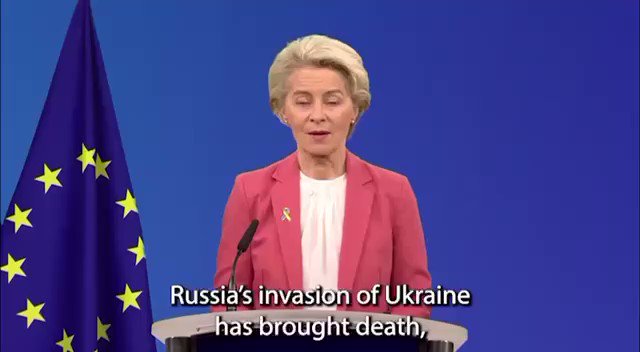Since the beginning, the Ukraine war has taken a familiar shape for those who know a bit of history.
It is mostly static, fought in ruined buildings and trenches. The dominant weapon is artillery. And most attacks are depending on waves of infantry, with most of them repealed by the defender with tremendous losses for the attackers.
Keep reading with a 7-day free trial
Subscribe to The Eurasian Century to keep reading this post and get 7 days of free access to the full post archives.



